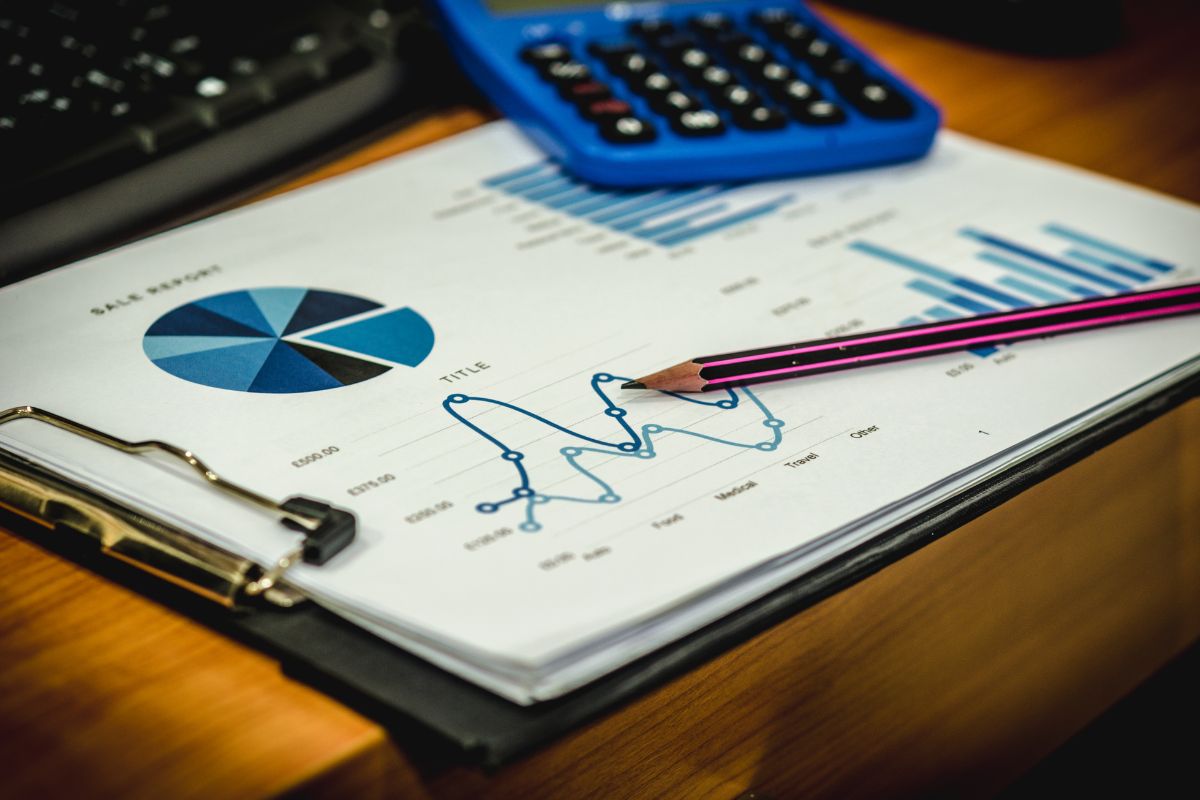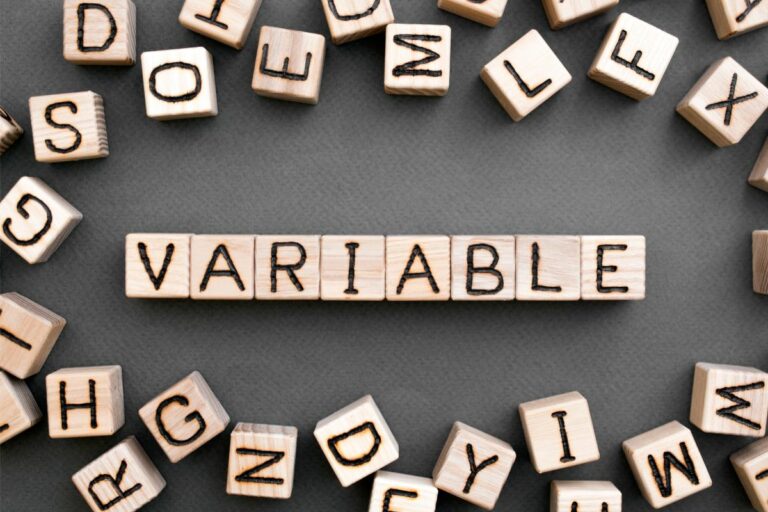How To Find Margin Of Error
Margin of error is the statistical term that describes the amount of variation from the mean of a set of values. Understand this concept and how to use it in your research.

Some people might find all of the jargon surrounding this topic quite difficult to understand.
This article will be covering exactly what margin of error is and how you are able to calculate it. This all links into the world of statistics and hopefully you can understand it a bit more in terms of margin of error.
What Is The Margin Of Error?
The margin of error is the level of uncertainty that exists in a measurement. It is based on the accuracy of the measurement and the precision of the measurement.
There will be different levels of uncertainty depending on the statistics being used.
Statistics Are Never 100%
Statistics are not always reliable. Sometimes the data is wrong. Sometimes the interpretation of the data is wrong. Sometimes the method you used to glean the data is wrong.
Sometimes the data is just plain wrong. But sometimes the data is right, and the interpretation is wrong.
It is very important to have a margin of error to make sure that people know there is room for some error and how much.
Therefore, you might see 98% confidence in statistics, but that means there is still that 2% margin of error to take into account as well.
How To Calculate Margin Of Error
There are two different ways you are able to calculate your margin of error. It all depends on whether you have parameters or the statistics.
- Margin of error (parameter) = Critical value x Standard deviation for the population.
- Margin of error (statistic) = Critical value x Standard error of the sample.
When Should Margin Of Error Be Used?
In Statistics and Probability, the margin of error (MoE) is the value(s) of the standard deviation surrounding the mean of a group of numbers. Therefore, it is usually used with randomized surveys or polls and should be kept at random for research.
Sample Sizes
Having the correct sample will be a very important part of your poll or survey before anything else. When you do everything right, including having the correct sample, you are more likely to get reliable results.
If you use a sample which is too small for what you are trying to represent, you will have a larger margin of error. However, if you do a larger scale sample, you will leave less room for error because you will have more useful information from more.
It will give you a better view of a whole population or group.
However, these types of samples can be quite expensive to carry out because you must reach quite a lot of people and then sort out the information you receive back.

Confidence Levels
When you have calculated your own margin of error, you will also have your confidence levels. When it comes to research, you should be able to repeat it several times and still get the same results.
This means it is reliable and you have confidence in it.
It works the same way as your sample sizes (Also check out What Does n Mean In Statistics?). The larger the sample size, the higher your confidence levels will be.
However, if you have a small sample, you will not gain enough information from enough people for your confidence levels to be as high because it does not represent as well.
How Can You Decrease The Margin Of Error Amount?
You should always be thinking about reducing the margin of error in any research because it becomes more accurate and reliable as a source. You are able to reduce it in ways but it all depends on how you are carrying out your research.
Less variables – The higher the number of variables leaves more room for error in your research because it is more to consider. You need to think about lowering the amount of variables when you are getting all of the information and sorting it out.
Use a lower confidence level – if you have a lower confidence level, it will make the margin of error more accurate. You do need to be careful when doing that that you’re not reducing the confidence of the whole representation.
Increase total amount – as mentioned previously, increasing the size of the sample will help decrease the margin of error because it will represent a larger number of people.
Conclusion
Overall, when it comes to margin of error you are looking at how much room you are leaving for incorrect data.
There will always be a margin of error in all types of data and statistics when it comes to surveys or polls because you never know what randomized data will come up with.
It is just important that you know how you can reduce it and enhance your overall data.
Hopefully this guide has shed a bit of light on how you can make your data better and what calculations you will need to do to find these important results.
If you follow this advice, your data will be far more accurate and more reliable overall which is what people look for in data.
There will always be outliers but it is all about having the right sample size and watching how many variables you are using when gathering the data.
The bigger the sample size, the better your research will be in the end!
Frequently Asked Questions
Why Do We Calculate The Margin Of Error?
The margin of error is a way of expressing how much uncertainty there is about the results of a statistical test. It’s not just the difference between a value and its expected value, but the uncertainty about the value.
If a result is 99% likely to be correct, the margin of error is one.
- What Polls Reveal About Sleeping Together Early and Long-Term Relationship Success - July 7, 2025
- How to Design a Hard Harry Potter Trivia Challenge - October 4, 2023
- How to Design a Dear Peachie Makeup Preference Poll - October 4, 2023









